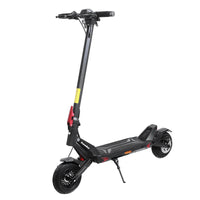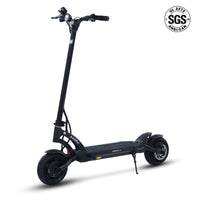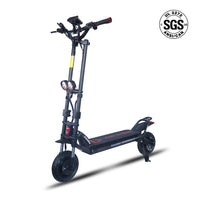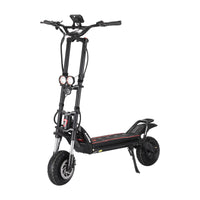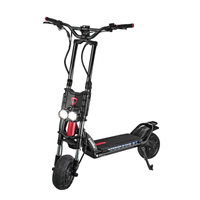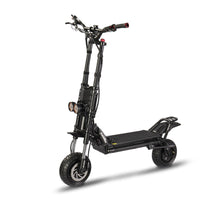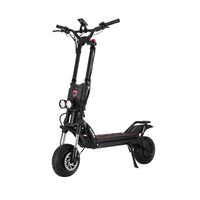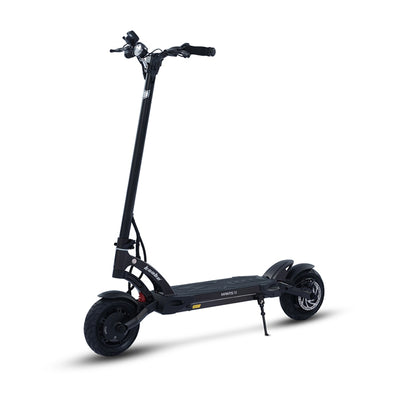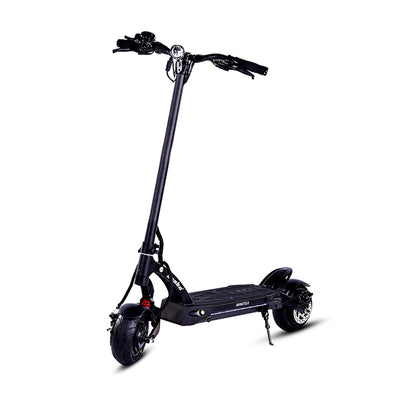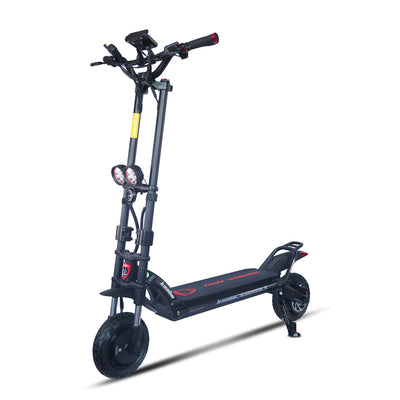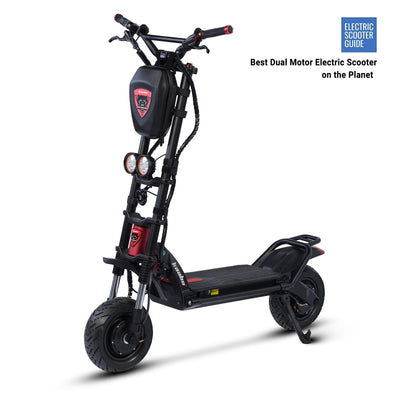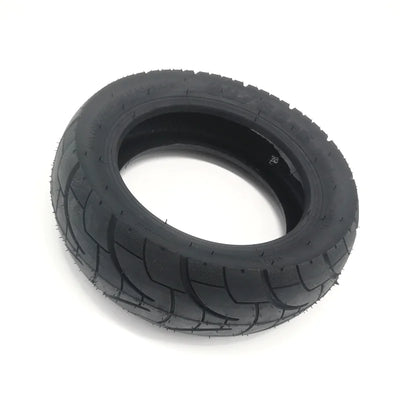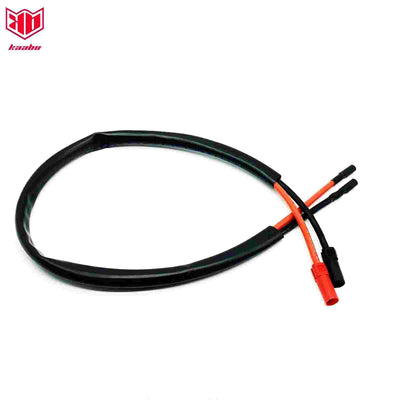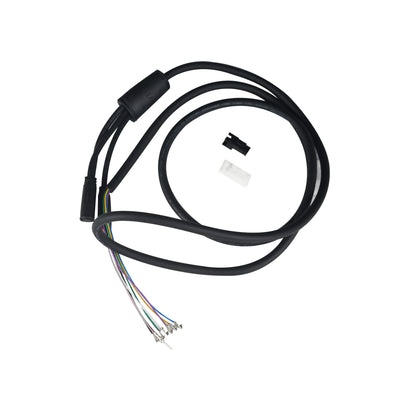Revolutionizing Urban Mobility: How E-Scooters are Changing the World in 2023
In recent years, the urban landscape has been undergoing a transformative shift in how people navigate their cities. Electric scooters, or e-scooters, have emerged as a powerful and sustainable mode of transportation, rapidly changing the way we move, interact, and experience our urban environments. As we step into 2023, it's evident that e-scooters are no longer just a trend; they are a dynamic force shaping the future of transportation and city living.
- Sustainable Urban Mobility
E-scooters have gained popularity for their environmental benefits, offering a cleaner and greener alternative to traditional gas-powered vehicles. With zero tailpipe emissions, these electric-powered vehicles contribute significantly to reducing air pollution and combating climate change. As cities worldwide grapple with congestion and pollution, e-scooters have become a key player in promoting sustainable urban mobility.
- Last-Mile Connectivity
One of the most remarkable impacts of e-scooters is their ability to bridge the gap in last-mile connectivity. In bustling cities, the challenge lies in efficiently connecting transportation hubs like bus stops and train stations to people's final destinations. E-scooters provide a convenient solution, allowing commuters to cover short distances quickly and effortlessly. This not only reduces dependence on private cars but also eases traffic congestion and decreases travel time. The real evaluations from Kaabo US customers show that Kaabo electric scooters are definitely the best choice for your travel.
- Redefining Micro-Mobility
E-scooters have sparked a micro-mobility revolution, offering a compact and agile mode of transport that seamlessly integrates into the urban fabric. These scooters are designed for short trips, promoting healthier lifestyles by encouraging people to choose active transportation options over sedentary ones. As pedestrians, cyclists, and e-scooter riders share the road, cities are rethinking infrastructure to create safer and more accessible spaces for all.
- Tech-Driven Connectivity
The integration of technology has been a driving force behind the e-scooter revolution. Smartphone apps allow users to locate and unlock e-scooters with ease, making the rental process seamless. GPS tracking and route optimization features not only enhance user experience but also provide valuable data to city planners. This data-driven approach enables cities to analyze traffic patterns, optimize infrastructure, and make informed decisions about urban development.
- Economic Opportunities and Job Creation
Beyond personal convenience, e-scooters have created new economic opportunities and job prospects. The growth of the e-scooter industry has led to the creation of jobs ranging from maintenance and charging to app development and customer support. As more cities embrace e-scooters as a legitimate mode of transportation, this sector's economic impact continues to expand, stimulating local economies.
Conclusion
In 2023, e-scooters are no longer a novelty; they are a powerful force shaping the future of urban mobility. Their sustainable and efficient characteristics make them a vital component of modern transportation systems, offering benefits that extend far beyond personal convenience. As cities strive to become more livable, sustainable, and connected, e-scooters are playing a pivotal role in ushering in a new era of urban mobility. As we move forward, it's clear that e-scooters are more than just a mode of transportation – they are catalysts for change, transforming the world one ride at a time.
